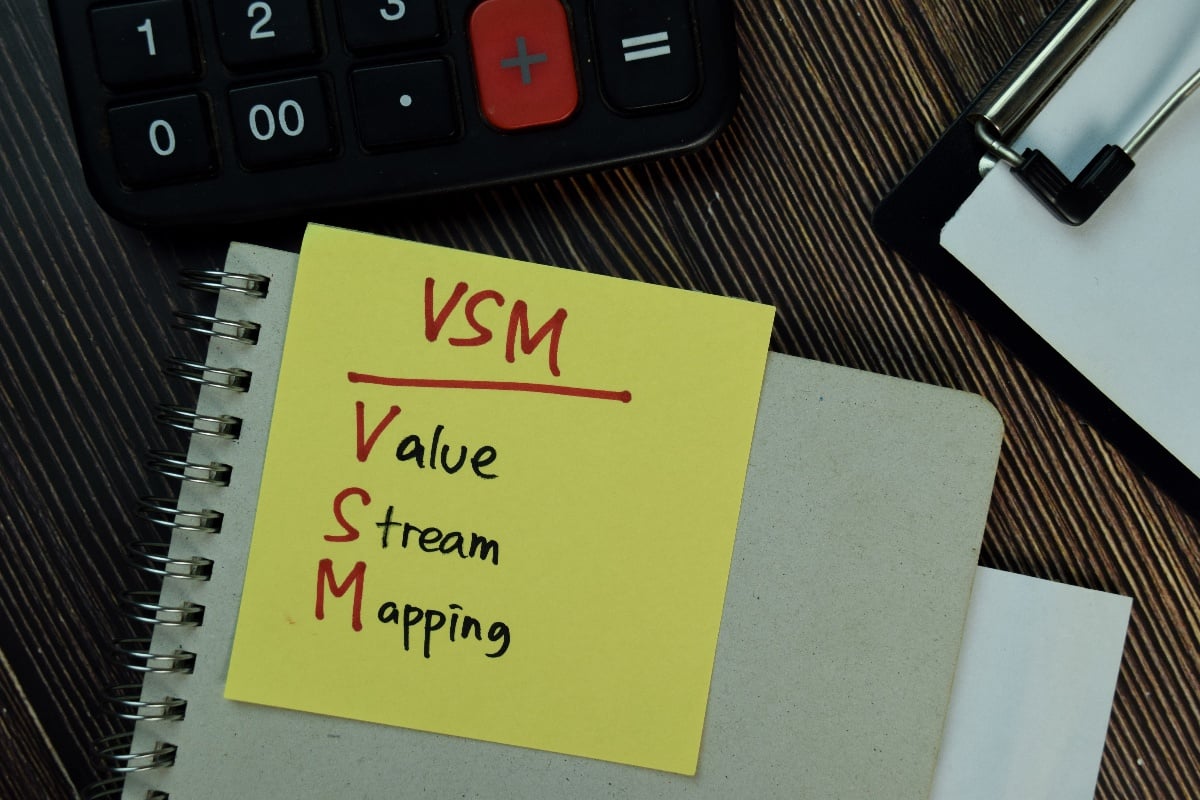
The realm of supply chain efficiency, once relegated to logistics and operations, is fast becoming a must-have facet in the toolkit of modern design engineers. A well-optimized supply chain can translate to significant improvements in product quality, manufacturing lead times, cost-effectiveness, and overall business agility. Equally important, it can help organizations navigate the ebbs and flows of unpredictable market disruptions and global crises.
In this article, we delve into the compelling world of supply chain optimization, highlighting its burgeoning relevance to manufacturing design engineers. We'll explore the opportunities it presents, the challenges it poses, and how embracing it can bolster the efficacy of the design process and overall business performance.
The Role of Manufacturing Design in Supply Chain
Link between product design and supply chain efficiency
Manufacturing design plays a pivotal role in shaping the efficiency of the supply chain. The reason lies in the fact that the design of a product determines the materials, processes, and tools required for its production.
Material Selection
The choice of materials impacts the sourcing strategies, availability, and cost. Certain materials might be scarce, expensive, or have longer lead times, all of which can affect the overall efficiency of the supply chain.
Process Design
The manufacturing process chosen for a product, whether it's casting, machining, assembly, etc., will influence the capacity requirements, lead times, and the overall flow of materials and products through the supply chain.
Tool Requirement
The requirement of specific tools or equipment for manufacturing can have implications for the procurement process, maintenance needs, and potential bottlenecks in production.
Influence of manufacturing design on production and delivery timelines
Manufacturing design has a significant influence on production and delivery timelines, affecting the responsiveness and reliability of the supply chain.
Product Complexity
A complex design with many parts or intricate assembly might lengthen production timelines, making it challenging to meet market demands quickly.
Standardization
Standardized designs can often be produced and assembled faster, reducing lead times. They also allow for the use of interchangeable parts, which can simplify inventory management and decrease the risk of stockouts.
Predictability
A well-planned manufacturing design can help predict production timelines more accurately, allowing better coordination with suppliers and customers, and ensuring timely delivery.
Overall, a careful and strategic approach to manufacturing design can greatly enhance the performance of the supply chain, ensuring that products are produced and delivered in the most efficient and timely manner possible.
Methodology for Manufacturing Design Engineers at the Product Design Stage
Manufacturing design engineers can use an integrative methodology to optimize product functions, manufacturing, and supply chain considerations during the early design stage. This approach allows for a simultaneous optimization of both product design and supply chain design during the early design stages, leading to improved operational performance and profitability.
Step 1: Define Functional Requirements
The first step involves defining and decomposing the functional requirements of a product into the most basic subfunctions to form an Energy-Material-Signal (EMS) functional model. This process allows for an unbiased selection of the product components to be used in the following methodology phases.
Step 2: Utilize Design Repository
A design repository is utilized to synthesize potential components of all subfunctions, providing multiple options for the conceptual design. These concepts are evaluated using a Design for Assembly (DfA) index and then modularized with the decomposition approach (DA).
Step 3: Apply DfA Index and Decomposition Approach
The DfA index is calculated using 13 criteria collected and evaluated from the perspectives of the assembly, component, and process properties. Afterward, the DA, which is a matrix-based methodology, is applied to modularize the design concepts. The concept that has the best DfA score is selected for further comparisons.
Step 4: Implement Transition Matrix
The transition matrix, developed to solve the disassembly sequence with the purpose of optimizing the profit of the product at the end-of-life stage, is implemented. This matrix describes the from-to relationship of subassemblies and matching processes.
Step 5: Compare and Evaluate
Finally, the supply chain performance results (lead-time and cost) when this simultaneous optimization is done versus not done are compared and evaluated. This allows the design team to extend its scope to supply chain execution and planning, and the management of the enterprise can clearly identify the operational influences of a new product.
This methodology allows manufacturing design engineers to consider product functions, Design for Assembly, and supply chain perspectives simultaneously during the product design stage, leading to a more efficient and cost-effective design process. It should be noted that the specific details of the methodology may vary depending on the nature of the product and the specific requirements of the project.
Case Study: Aligning Product Design with the Supply Chain
A case study, conducted by Omera Khan, Martin Christopher, and Alessandro Creazza, investigated the alignment between product design and the supply chain, and how this alignment impacts a firm's supply chain responsiveness and resilience. The study focuses on one of the UK's fastest-growing fashion retailers, referred to as FashionCo, which has created a competitive advantage through its management of the product design/supply chain alignment.
The Need for Alignment
The fashion retail industry has seen a significant shift in strategy from product-centric to customer-centric. This shift has led to a major impact on the changing risk profile and responsiveness of fashion retailers. The alignment of product design with the supply chain is crucial in improving competitive advantage for the focal company. It also significantly impacts improving supply chain resilience and supply chain responsiveness.
The Transformation
FashionCo implemented several transformations to align product design with the supply chain, enhancing resilience. These transformations include expanding and internalizing the design process to work closer to procurement teams and other key business functions. As a result, a link has been observed between supply chain responsiveness and supply chain resilience.
Key Drivers for Mitigating Supply Chain Risk and Enhancing Agility
The case study identifies several key drivers for mitigating supply chain risk and enhancing agility at FashionCo. These include moving products more quickly through the pipeline, reducing product development time, short planning lifecycles, designing in-house, maintaining a balanced portfolio of products, and fostering stronger and better relationships with suppliers. Early supplier integration in product design development is also highlighted as a key driver.
The Impact
The alignment of product design with the supply chain not only improves competitive advantage for the company but also has a significant impact on improving supply chain resilience and supply chain responsiveness. This case illustrates how fundamental shifts in the organization, particularly in integrating product design and supply chain, have enabled the repositioning of the company from a low-priced fashion store to becoming a leading global fast fashion retailer.
The case study highlights the importance of the product design/supply chain alignment and the benefits of adopting a “design-centric” approach. It also contributes to the growing debate on supply chain risk management. The findings from this case study provide guidance for companies seeking to improve supply chain costs and performance by a higher alignment of product design and the supply chain.
At Tencom, we take pride in our multidisciplinary approach, blending our design and manufacturing expertise with sophisticated supply chain strategies to provide our clients with seamless, end-to-end solutions. Our dedicated team of professionals is always prepared to help you leverage the power of supply chain optimization in your manufacturing design processes.















